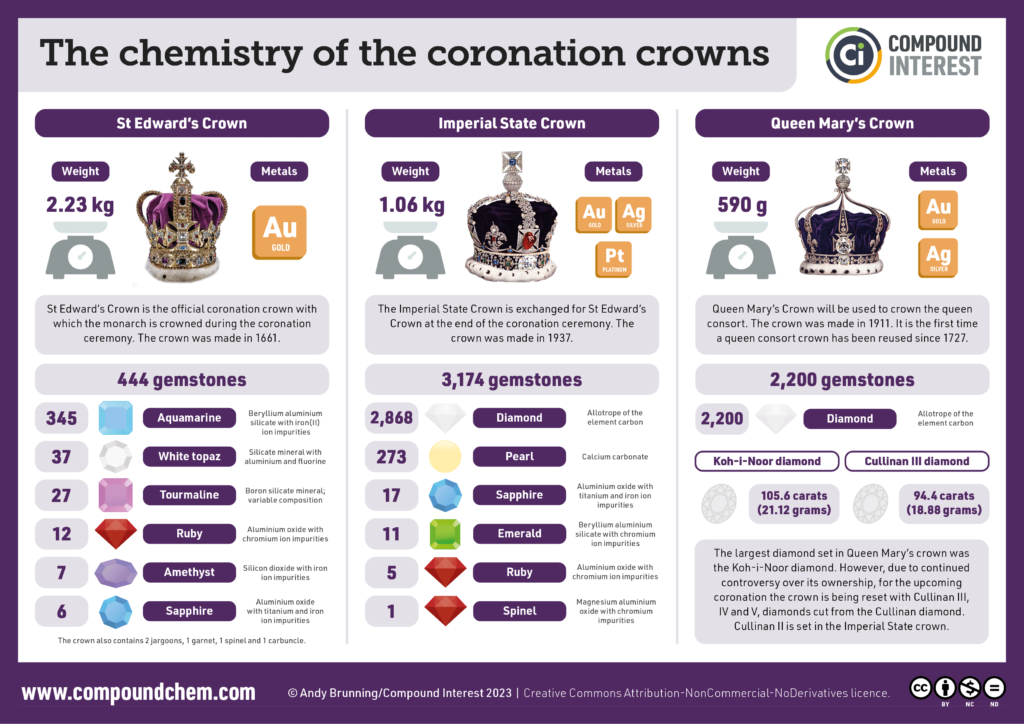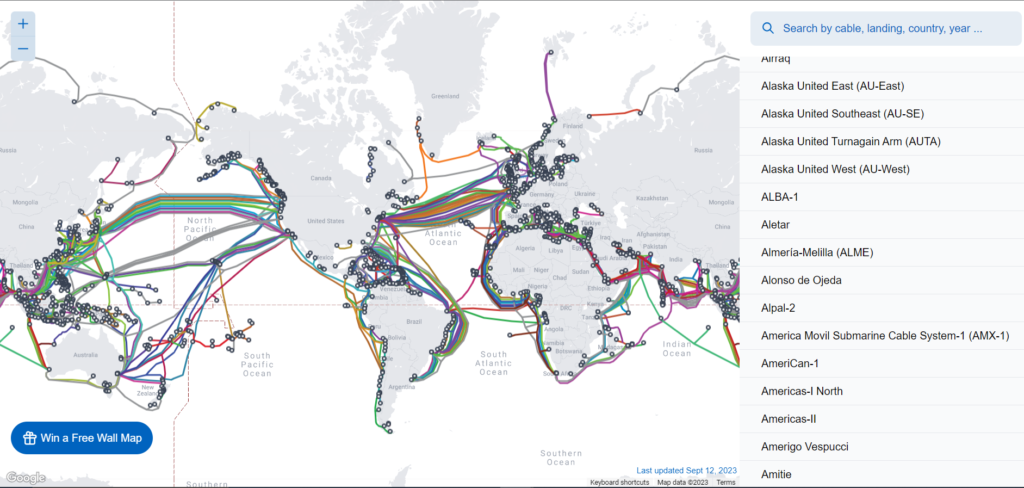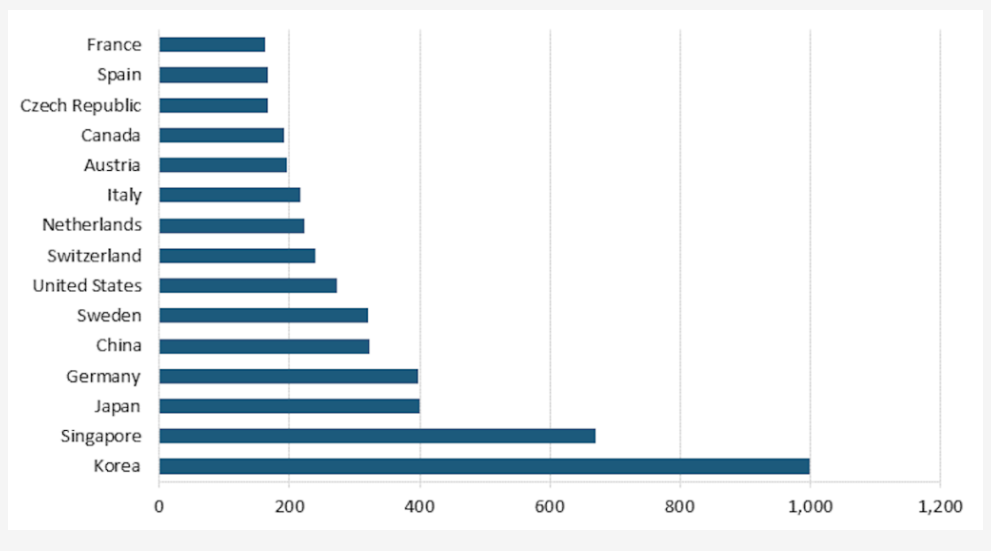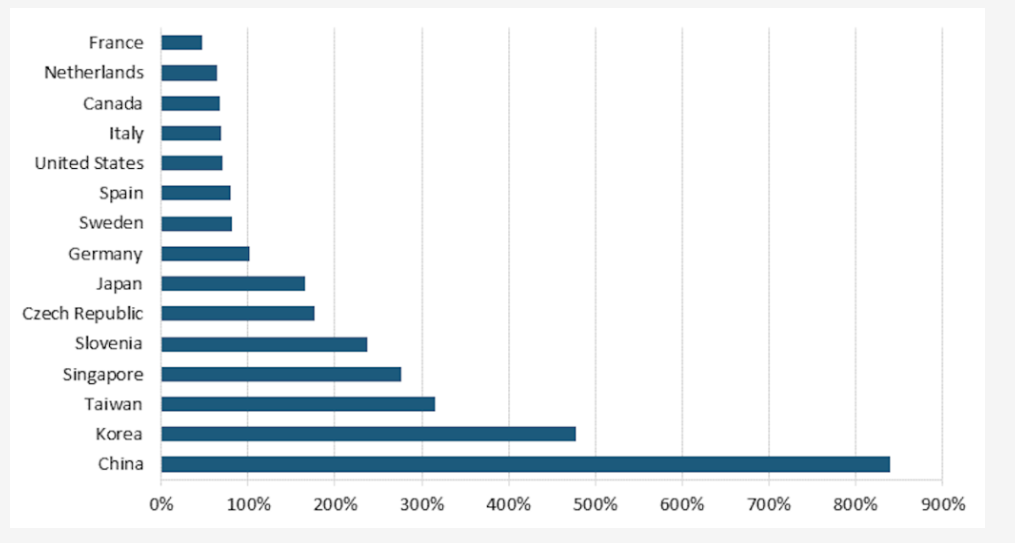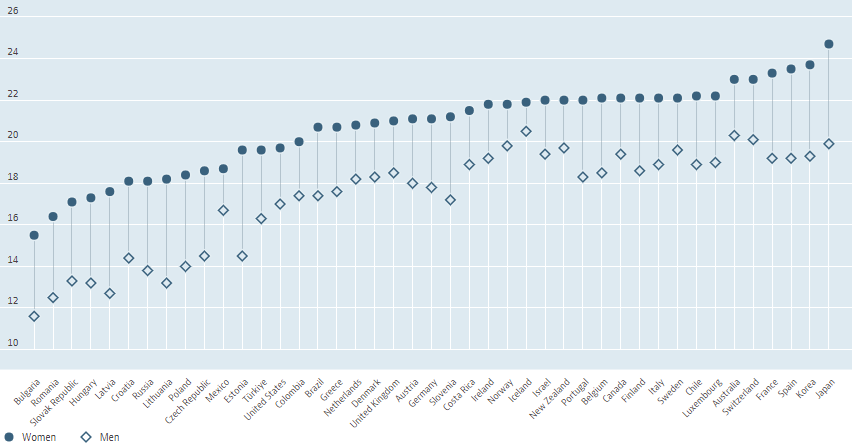Most of the foreign bank stocks were in the red around this time last year. However it is a better story this year with most of them up at least so far. The top performers are from Argentina which is permanent basket case of a mismanaged economy. Unlike 2022, Brazilian banks have not shot up high though they are in the positive. Notable among the banks down YTD are British banks excluding HSBC and Bancolombia of Colombia.
The following table shows the year-to-date returns of foreign bank stocks:
Note: The returns noted above are excluding dividends
Source: BNY Mellon
It remains to be seen if these banks would add further gains thru the reminder of this year.
Disclosure: Long BCH, CIB, ITUB, BBD, BBVA and SAN
